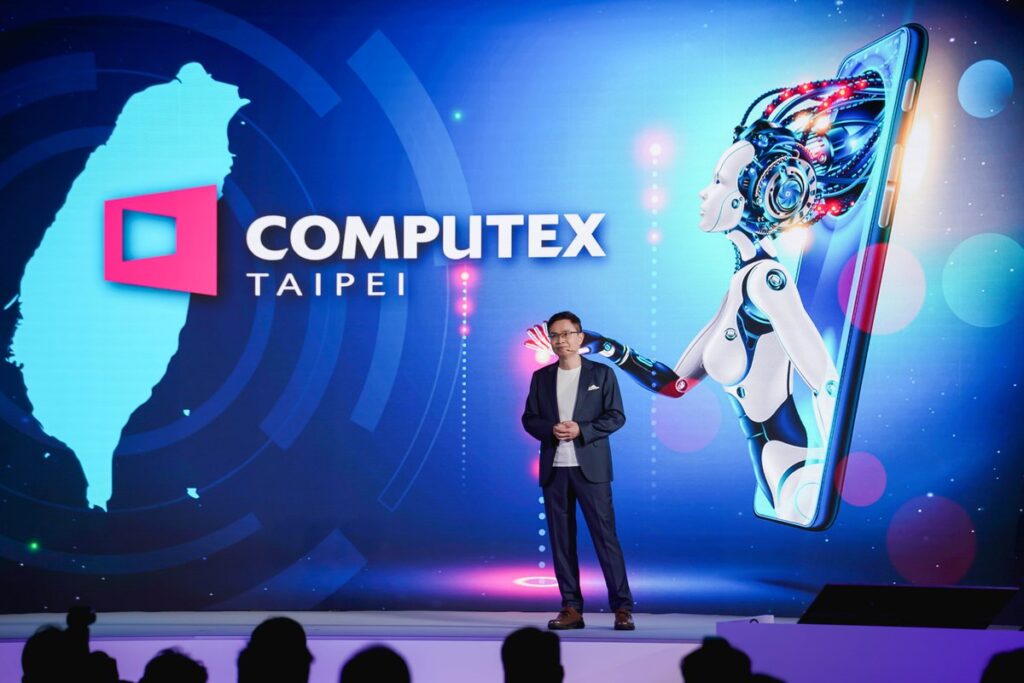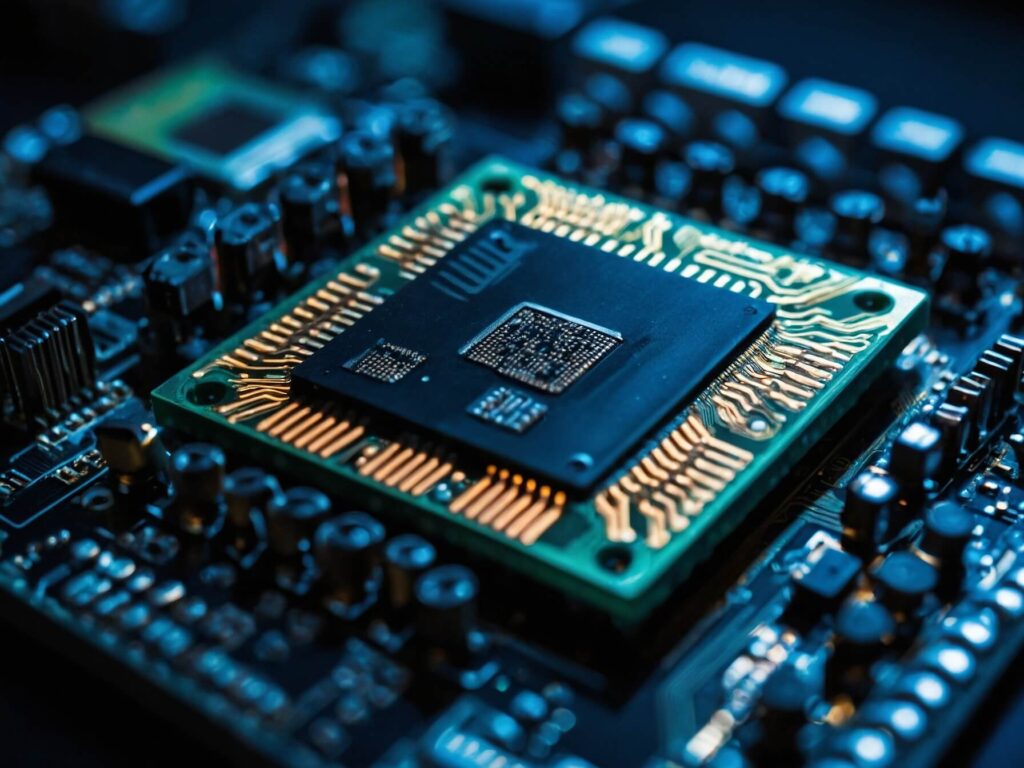Nvidia founder and CEO Jensen Huang heralded a new industrial revolution driven by AI and accelerated computing at his keynote address yesterday ahead of Computex 2024.
Painting a vision of robotic factories operating autonomously using a raft of Nvidia platform technologies, Huang positioned the Taiwan electronics industry firmly in the vanguard of this new revolution. With global manufacturing powerhouses such as Foxconn, Delta Electronics, Pegatron, and Wistron already adopting Nvidia Metropolis vision AI, Omniverse physically based rendering and simulation, Isaac AI robot development and deployment, and a host of other advanced tools and applications, momentum is already gathering with other companies and indeed entire industries set to follow their example.
During his keynote demo, Huang showed how Foxconn develops digital twins of its factories on Nvidia Omniverse and uses the rich data simulations to optimize equipment layout for operational flow and AI cameras that will monitor worker safety with Nvidia Metropolis. The company can then use the factory digital twins as virtual training environments to simulate, test and validate its autonomous mobile robots (AMRs) built on NVIDIA Isaac Perceptor acceleration libraries, as well as its AI robot manipulation arms, which are powered by NVIDIA Isaac Manipulator AI models.
The Nvidia CEO highlighted how Delta Electronics, a leading manufacturer of electronics and IoT-based smart green solutions, is using Isaac Sim, an extensible robotics simulation platform developed on Omniverse and OpenUSD, an open and extensible ecosystem for 3D worlds, to virtually integrate its demo production lines. This enables it to generate physically accurate, photorealistic synthetic data for training computer vision models for Metropolis-powered automatic optical inspection and defect detection solutions.
Pegatron is deploying an Nvidia Metropolis multi-camera workflows and rolling out new services that connect its Omniverse and Metropolis factory digital twin workflow to NeMo and NIM to help factory operators “chat” in real time. The company says that these initiatives will help improve worker safety and productivity in the its huge factory network that produces over 15 million assemblies per month.
Having constructed digital twins of its factories to accelerate the production of Nvidia DGX and HGX servers, Wistron has expanded its use of Omniverse to develop digital twins of the data centers that are used to test and ensure the quality, performance and energy consumption of newly assembled Nvidia HGX systems. As a result, Wistron has been able to bring its factory online in just two and a half months instead of five and increased worker efficiency by more than 50% through testing and optimizing layouts.
These are early days yet, of course, but the new industrial revolution is already gathering steam with Nvidia and Taiwan leading the way. Those that resist rather than embrace it, risk being left in its wake.
Long time technology industry fan here in Taiwan.



